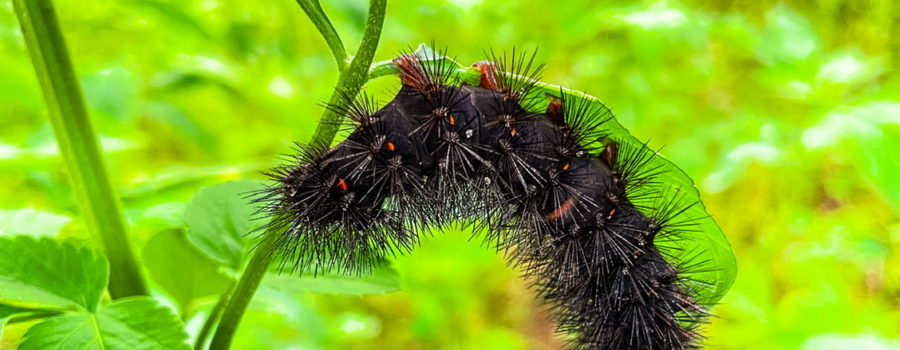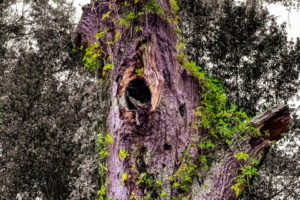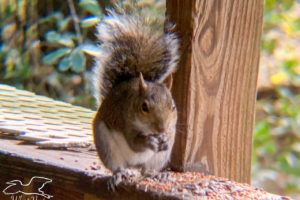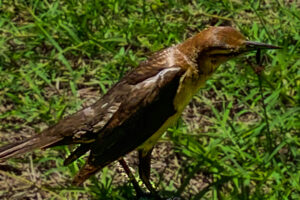The Cute Woolly Bear Caterpillar Becomes a Beautiful Moth

I have been trying to take advantage of all the blossoming blackjack flowers around right now to photograph all the pollinators that they attract. I have a couple of big patches of them in my yard, so it doesn’t even require leaving the property! Of course, pollinators haven’t been the only things that I’ve found in the blackjack. Last week I wrote about the green lynx spider that was out there, and I’ve also seen lots of other spiders, grasshoppers, and beetles. The flowers themselves are attractive, but by this point in the year the plants are looking pretty weedy, but all this wildlife is why I keep them around!

On one of my forays into the blackjack (also called hairy beggarticks) there was a very hungry caterpillar at work on one of the plant leaves. It was a good sized caterpillar, probably about 2 1/2 to 3 inches long and black, so it didn’t blend into the vegetation at all, but what actually attracted me to it was the loud munching! As I watched it I couldn’t believe how quickly it was devouring that leaf. At first, I even forgot to take any photos! I’ve seen these caterpillars around before, but I usually find them balled up in their defensive position on the ground. When they do that all you can really see is a ball of black, spiky hairs, and it doesn’t really make for interesting photos, but this one was so busy eating that it didn’t mind my attentions, even when I turned over the leaf it was working on to get some shots of it’s head.

People often call these caterpillars woolly bears because of their covering of long black hairs. They’re the caterpillars of the giant leopard moth (Hypercompe scribonia), and they are native to eastern North America from southern Ontario down into Mexico and Panama. The adult is a good sized white moth (the wingspan that can be up to 3 inches) with blue to black spots and circles. The adults don’t eat, so they are very short lived and spend their time focused on reproduction. The caterpillars hibernate through the winter and pupate in the spring. I’m sure that this caterpillar was eating in order to prepare for that hibernation phase. Down here in the south it isn’t necessary, but in northern climates they will actually accumulate glycerol from their plant diet to help them survive in freezing temperatures! Pretty cool!

Unlike some of the other fuzzy caterpillars, like the fir tussock moth caterpillars, you can handle the woolly bears without any fear of being stung. Even though their long, course spiky black hairs look potentially dangerous, they are not. Similarly, the red or orange bands that they have between their segments are typically a warning sign to predators, but these guys are not poisonous, either. Their main defense is to roll up in a ball and play dead, hoping that the stiff hairs and lack of movement will deter the predator. Interestingly, the adults will similarly roll up their bodies and roll over onto their backs when they feel threatened. It must work okay since these are a fairly common type of moth throughout their range. Predators of the woolly bear caterpillars include parasitic wasps and flies and a few species of birds that aren’t bothered by the spiky hairs.

Even though the caterpillar I spotted the other day was showing a voracious appetite, for the most part these caterpillars and moths cause very little plant damage, and cause no significant financial losses to crop plants, so the best policy for dealing with them is to leave them alone. I personally think the caterpillars are kind of cute, but whether you agree with me on that or not, you do have to admit that the moth itself is quite attractive. I don’t mind losing a few leaves on my weeds to end up with beautiful moths in my garden!

If you enjoy beautiful nature photography and artwork accompanied by interesting and informative content about nature and animals then you will love this blog. Subscribe below to see for yourself!





Recent Comments